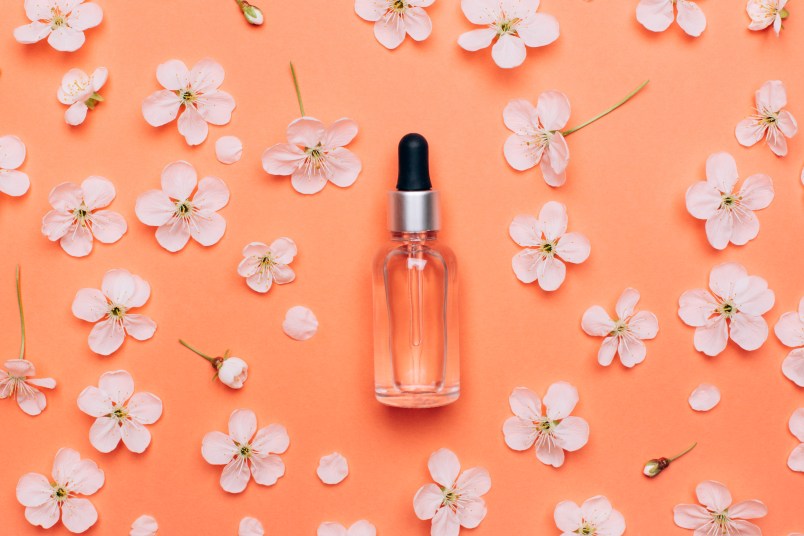Is Retinol Really Worth the Hype?

You may have heard about the “wonder” ingredient that is retinol. It’s the so-called gold-standard of skincare ingredients. A product that beauty experts rave about and with the scientific backing to show that retinol actually works.
Yet, anecdotes of the alarming side effects (think peeling and irritation) and confusion around all the different retinol types, mean that few of us are brave enough to give it a go. But how truthful are the rumors and is retinol as good as they say? We spoke to Dr. Sophie Shotter from Illuminate Skin Clinics, to find out if retinol is really worth the hype.
The Science of Skin
A derivative of skin-boosting Vitamin A, retinol is considered to be the ultimate ingredient for tackling aging signs. It’s also one of the few skincare ingredients with research backing its claims. “Retinol is a powerful stimulator of our fibroblast cells,” says Dr. Shotter.
“These fibroblast cells are responsible for collagen, elastin, hydration, and cellular turnover in the skin.” Put simply, our skin’s health is dependent on these four things. “As we age these skin cells switch off and produce less of these vital skin components, which is why we start to see aging signs,” explains Dr. Shotter. “Retinol, when applied topically, works to increase the numbers of fibroblast cells in the skin and to boost production of collagen and hyaluronic acid.” The result is skin that thinks and looks younger.
New Kid on the Block
Retinols have actually been rattling around our bathroom cabinets for years. The charms of Vitamin A were first discovered in 1931, but it wasn’t until the 60s that dermatologists began to see its potential as a skincare phenomenon. One of the first versions, Retin-A, was (and still is) an effective acne treatment, using a strong form of retinoic acid called Tretinoin.
As well as being useful for acne, the other side effects of reduced lines and pigmentation caused quite a stir. It did, however, also cause a lot of unsightly skin reactions. It wasn’t until the milder version retinol hit the skincare scene, that we began to see results with more manageable side effects.
Know Your Retinols
Retinoids is an umbrella term for many different forms of retinol, from those that are only available by prescription, to those that are commonly found in face creams on the shelves. “Each of the different types of retinol can be effective for different skin types, so it’s about finding the right retinol product for your skin,” says Dr. Shotter. “A good starting point is with Retinyl Palmitate, because being the weakest form of retinol it’s better suited to sensitive skin.
Retinaldehyde is next in line, but the most common form is Retinol, which is the strongest available without a prescription.” You’ll also see different strengths of retinol, but stronger isn’t always better as Dr. Shotter explains. “Retinol is most commonly found in 0.3, 0.5, and 1 percent formulations. Occasionally you’ll find a two percent formulation, but I always recommend starting with a lower concentration and building up to minimize irritation.”
Let’s Get Started
So, how do we get started? Very gradually is the advice from the experts. “Because retinol can be irritating, start by adding to your night routine, either as your last step before bed or apply a moisturizer over the top,” suggests Dr. Shotter. “A pea-size amount is enough for the whole face and start by using it just twice a week.
After two weeks increase to every other night. In another two weeks increase to every night if your skin can tolerate it.” Don’t be surprised though if your skin doesn’t take kindly to regular application. “Some find they can’t use retinol more than once or twice a week without excessive side effects,” explains Dr. Shotter. “These should go away within a month, but if your skin feels sore and irritated give it a few days off before trying again.”
This article originally appeared on our sister site, Yours.












